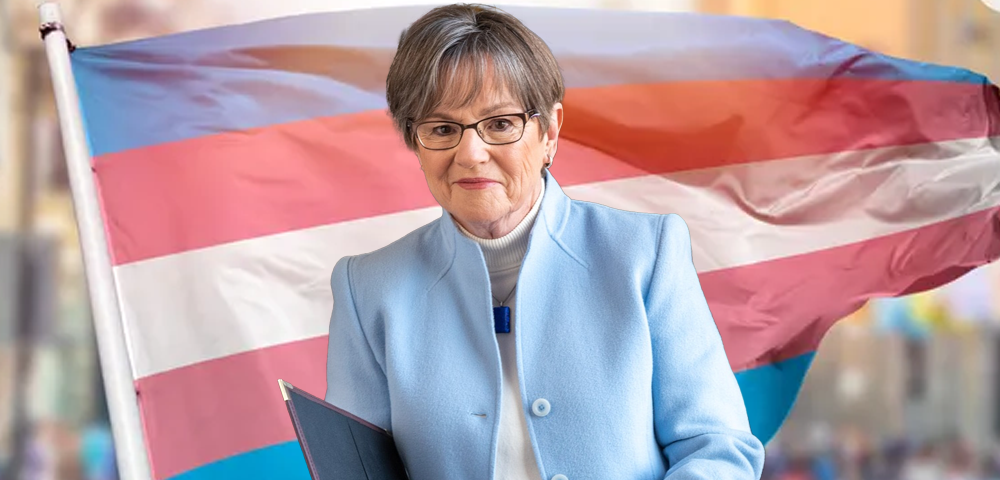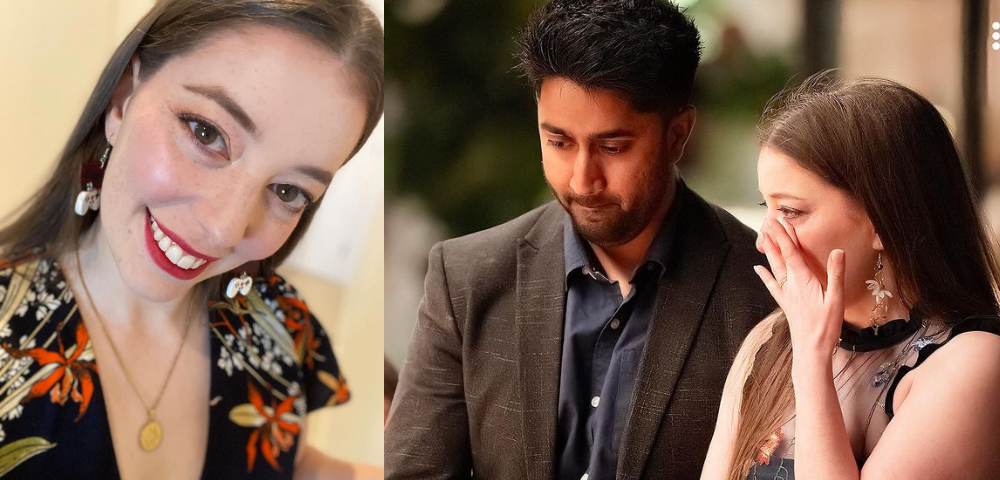
14 Days of Intersex
2011’s Fourteen Days of Intersex began on October 26.
October 26 was the 15th Intersex Awareness Day which came about when American intersex group Hermaphrodites with Attitude (HWA) teamed up with American trans group Trans Menace to picket an American Association of Paediatrics (AAP) conference in Boston in 1996.
Those picketing were outraged that doctors attending the conference were recommending and conducting infant genital mutilation (IGM) surgery on intersex kids in order to make them more “normal”. Many of those protesting had been subjected to those kinds of surgery when they were infants.
Intersex Awareness Day seeks to make as many people as possible aware of what intersex is and that intersex people lack that most fundamental of human rights – the right to autonomy over their own bodies.
Intersex people are people who have physical differences of sex anatomy other than brain sex alone. Their anatomical differences might include genetic, hormonal or genital differences or differences in reproductive parts.
“Intersex is not a disorder, a condition or a disease,” Organisation Intersex International (OII) Australia president Gina Wilson said.
“Intersex is difference in the same way that eye colour or right- or left-handedness are differences or human biological variations. As with handedness or sexual orientation, societies have, in the past, looked upon human variations through the lens of prejudice and then sought ways to “cure” or eliminate that variation.”
“The same impulses of homophobic bigotry, intolerance and ancient superstitions underpin contemporary mistreatment of intersex people. Intersex people are subjected to forced gendering and surgical alterations to our bodies to “disappear” our differences in a society that regards difference in sex anatomy as deeply suspicious if not utterly repulsive.”
On the Second Day of Intersex OII drew attention to the complete lack of rights for intersex people.
“For intersex to have rights at all we are required to submit to the myth that we are wholly male or female,” Wilson said, “We must allow our differences to be surgically or hormonally removed so that an external pretence that we are “normal” can be achieved.”
“In anti-discrimination law only males, females and in most states of Australia transgender people are protected against discrimination. Intersex Australians have no legal protection in any state, nor do we enjoy anti-discrimination protection at the federal level.”
“Where we do enjoy rights by accepting the pretense that our differences do not exist, those rights may be removed at the whim of a court or government department if it is decided we really do not qualify for a benefit or service because our sex is unknown or unprotected.”
OII Australia is currently engaged with the Federal Government in the Anti-Discrimination Consolidation Act so that intersex people will have some rights and protections in federal law.
“Intersex people must be protected in both sex discrimination, where our anatomical differences are the issue, and in gender identity law where our sex role is the issue,” Wilson said.
The Third Day of Intersex is about highlighting the issue of Intersex Genital Mutilation.
Intersex Genital Mutilation is conducted on newborn babies when their external genitals do not look “normal” enough to pass unambiguously as male or female.
The majority of people born with intersex variations have physical differences that are not externally visible. Things like internal organs, hormones and chromosomes are not readily apparent when a child is born. For most of those children their differences will not become apparent until they reach puberty or the age of reproduction or some chance event like paternity testing reveals their intersex.
Registers of birth “defects” held by state health departments reveal that somewhere between 13 and 20 children per one thousand births are children with visible intersex differences.
When an Intersex child is born the first question a parent or relative might ask – “Is it a boy or a girl” – is not easily answered. Alarmed parents often have a homophobic response to that uncertainty, believing that differences in genitals somehow means their child is queer or gay.
Researchers report that a common response by parents when being told their child is intersex is “Does that mean my baby will be gay?
Doctors respond to parental fears and community expectations by offering to “cure” the child of their intersex. That cure takes the form of surgery often followed by more surgery and a lifetime of hormonal reinforcement.
OII Australia recommend that surgery is only ever performed on an intersex person where free prior and fully informed consent can be had from the person being submitted to interventions.
The Fourth Day of Intersex focused on the often strained relationship between the medical establishment and intersex people.
Intersex differences are so confronting to society that they have been consigned to medicine as a problem to fix in much the same way homosexuality was seen by medicine until the 1980s.
Intersex is a scientific term coined by German scientist Richard Goldschmidt in the first edition of the professional journal Endocrinology, published in 1901. The term was meant to describe differences in sex anatomy that were not hermaphroditic. An hermaphrodite, in science, is a creature with both male and female genitals and reproductive organs that are fully functional.
No human being known to science is now or ever has been an hermaphrodite. Nonetheless medicine continued to refer to intersex people as “hermaphrodites” and “pseudo-hermaphrodites” well into the 1980s and today intersex people are referred to as having Disorders of Sexual Development – another term intersex people reject as pathologising.
The Fifth Day of Intersex drew attention to XXY – a chromosomal variation which may result in a person being intersex.
Many people think that X and Y chromosomes are the sole determinants of sex and consequently anyone who has a Y chromosome is in fact a male and that the lack of a Y chromosome makes one a female.
Rather, most people have attributes that see them clustered more towards the male or female ends of the spectrum with many possible variations in between.
Recent research has shown that sex is, in fact, determined by the interaction of many genes not all of which reside on the so called “sex” chromosomes X and Y.
There are a wide variety of possible duplications and deletions of X and Y chromosomes – XXY/XY mosaicism , XXXY, XXX and many more – there is even XO where a person has only one of the possible two or more chromosomes.
Some XXY people are intersex and some are not and only XXY people have the right to declare their sex and their sex role









